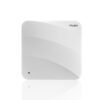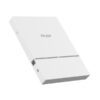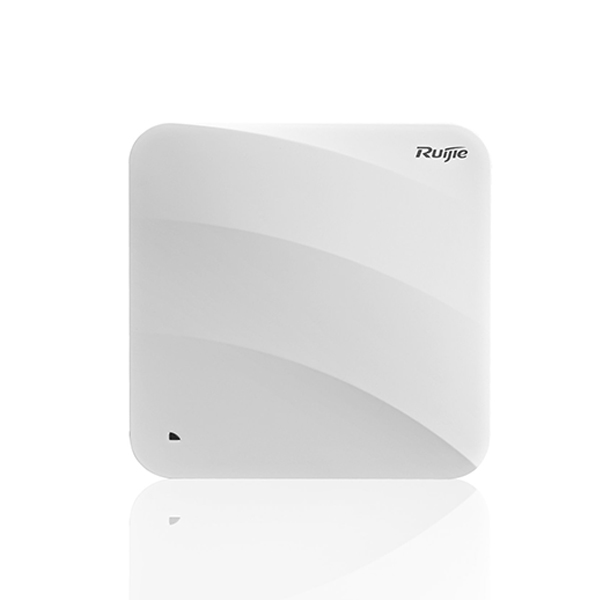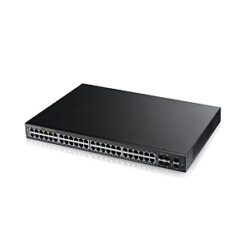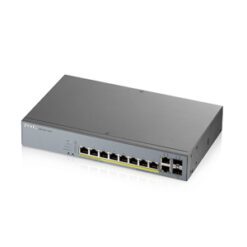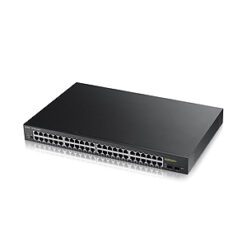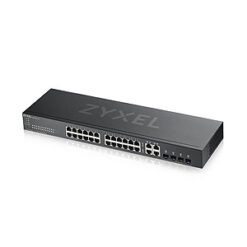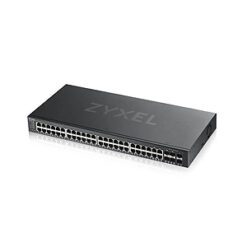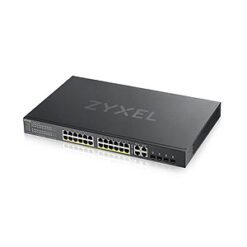
| Model |
RG-AP740-I |
RG-AP740-I(C) |
RG-AP720-I |
|
| Model |
RG-AP740-I |
RG-AP740-I(C) |
RG-AP720-I |
|
| Target Deployments |
For campuses, offices, hospitals, and hotspots of service providers |
|||
|
Basic Specifications |
Radio |
Concurrent tri-radio dual-band |
Concurrent dual-radio dual-band |
Concurrent dual-radio dual-band |
| Protocol |
802.11a/b/g/n/ac Wave 2 |
|||
| Operating Bands |
802.11b/g/n: 2.4GHz to 2.483GHz |
|||
|
802.11a/n/ac: 5.150GHz to 5.350GHz, 5.47GHz to 5.725GHz, 5.725GHz to 5.850GHz (vary depending on countries) |
||||
| Antenna |
Built-in “X-Sense 4” Smart Antenna 4×4 MU-MIMO |
Built-in Smart Antenna 4×4 MU-MIMO |
Built-in Smart Antenna 2×2 MU-MIMO |
|
| Max Throughput |
1733Mbps/800Mbps/433Mbps per radio 2966Mbps per AP |
1733Mbps/800Mbps per radio 2533Mbps per AP |
867Mbps@5GHz 1267Mbps per AP |
|
| Spatial Streams |
4 |
4 |
2 |
|
| Modulation |
OFDM: BPSK@6/9Mbps QPSK@12/18Mbps 16-QAM@24Mbps 64-QAM@48/54Mbps DSSS: DBPSK@1Mbps DQPSK@2Mbps [email protected]/11Mbps MIMO-OFDM: PSK, QPSK, 16QAM, 64QAM and 256QAM |
OFDM: BPSK@6/9Mbps QPSK@12/18Mbps 16-QAM@24Mbps 64-QAM@48/54Mbps DSSS: DBPSK@1Mbps DQPSK@2Mbps [email protected]/11Mbps MIMO-OFDM: BPSK, QPSK, 16QAM, 64QAM and 256QAM |
OFDM: BPSK@6/9Mbps QPSK@12/18Mbps 16-QAM@24Mbps 64-QAM@48/54Mbps DSSS: DBPSK@1Mbps DQPSK@2Mbps [email protected]/11Mbps MIMO-OFDM: BPSK, QPSK, 16QAM, 64QAM and 256QAM |
|
| Receiver Sensitivity |
11b:-91dBm(1Mbps),-88dBm(5Mbps),-85dBm(11Mbps) |
|||
|
11a/g:-89dBm(6Mbps),-80dBm(24Mbps),-76dBm(36Mbps),-71dBm(54Mbps) |
||||
|
11n:-83dBm@MCS0,-65dBm@MCS7,-83dBm@MCS8,-65dBm@MCS15 |
||||
|
11ac HT20:-83dBm(MCS0), -57dBm(MCS9) |
||||
|
11ac HT40:-79dBm(MCS0), -57dBm(MCS9) |
||||
|
11ac HT80:-76dBm(MCS0), -51dBm(MCS9) |
||||
| Maximum Transmit Power |
100mw |
|||
| Adjustable Power |
1dBm |
|||
| IP Rating |
IP41 |
|||
|
Ports |
Service Port |
2 10/100/1000BASE-T Ethernet uplink ports (Both ports support PoE) 1 USB port |
2 10/100/1000BASE-T Ethernet uplink ports (Both ports support PoE) 1 USB port |
2 10/100/1000BASE-T Ethernet ports (LAN1 port supports PoE & Uplink) 1 USB port |
| Management Port |
1 console port |
|||
|
Power |
Power Supply |
Local power supply (DC 48V) and PoE+ (802.3af/802.3at) Support dual PoE for power backup (Power adapters sold separately) |
Local power supply (DC 48V) and PoE+ (802.3af/802.3at) Support dual 802.3at power supply, or dual 802.3af power supply |
Local power supply (DC 48V) and PoE+ (802.3af/at) (Power adapters sold separately) |
| Power Consumption |
<25.4W |
<25.4W |
<12.95W |
|
| WLAN | Maximum clients per AP |
Up to 612 |
Up to 512 |
Up to 256 |
| BSSID capacity |
Up to 16 per radio Up to 48 per AP |
Up to 16 per radio Up to 32 per AP |
Up to 16 per radio Up to 32 per AP |
|
| SSID hiding |
Support |
|||
| Configuring the authentication mode, encryption mechanism and VLAN attributes for each SSID |
Support |
|||
| Remote Intelligent Perception Technology (RIPT) |
Support |
|||
| X-speed |
Support |
|||
| Intelligent load balancing based on the number of users or traffic |
Support |
|||
| STA control |
SSID/radio-based |
|||
| Bandwidth control |
STA/SSID/AP-based speed control |
|||
| Preference for 5GHz (band select) |
Support |
|||
| Wireless position tracking |
Support |
|||
| Dynamic Frequency Selection(DFS) |
Future Release Support |
|||
|
Security |
PSK, Web, and 802.1x authentication |
Support |
||
| Data encryption |
WPA (TKIP), WPA2 (AES), WPA-PSK, and WEP (64 or 128 bits) |
|||
| SMS authentication |
Support |
|||
| PEAP authentication |
Support |
|||
| Data frame filtering |
Whitelist, static/dynamic blacklist |
|||
| User isolation |
Support |
|||
| Rogue AP detection and countermeasure |
Support |
|||
| Dynamic ACL assignment |
Support |
|||
| RADIUS |
Support |
|||
| Wireless Intrusion Detection System(WIDS) |
Support |
|||
| Wireless Intrusion Prevention System (WIPS) |
Support |
|||
| Bluetooth | iBeacon |
Support |
||
| Routing | IPv4 address |
Static IP address or DHCP reservation |
||
| IPv6 CAPWAP tunnel |
Support |
|||
| ICMPv6 |
Support |
|||
| IPv6 address |
Manual or automatic configuration |
|||
| Multicast |
Multicast to unicast conversion |
|||
| Management and Maintenance | Network management |
SNMP v1/v2C/v3, Telnet, TFTP, Web management |
||
| One-click Optimization |
Support (need to integrate with WIS) |
|||
| Fault detection and alarm |
Support |
|||
| Cloud AC management |
Support |
|||
| Statistics and logs |
Support |
|||
| FAT/FIT switching |
The AP working in FIT mode can switch to the FAT mode through the RG-WS wireless AC. |
|||
|
The AP working in FAT mode can switch to the FIT mode through a local console port or Telnet. |
||||
| External Characteristics | Lock |
Support |
||
| LED Indicators |
1 LED (red, green, blue, orange, and flashing modes, breathing flashing mode for smart device access, and the indicator can be switched off to silent mode) |
|||
| Relevant Standard | Wi-Fi Alliance Certification |
Support |
||
| Safety Standard |
GB4943, EN/IEC 60950-1 |
|||
| EMC Standard |
GB9254, EN301 489 EN 55032 , EN 61000, EN 55035 |
|||
| Health Standard |
EN 62311 |
|||
| Radio Standard |
EN300 328, EN301 893 |
|||
| Vibration Standard |
IEC60068 2-31, ETSI EN300 019, NEBS GR-63-CORE |
|||
|
Specifications |
Dimensions (W x D x H) (mm) |
230 × 230 × 42 |
230 × 230 × 42 |
180 × 180 × 20 (Height of AP only, excluding case and mount kit) |
| Weight |
1.3kg |
1.0kg |
0.37kg |
|
| Work Environment | Temperature |
Operating Temperature: -10°C to 50°C |
||
|
Storage Temperature: -40°C to 70°C |
||||
| Humidity |
Operating Humidity: 5% to 95% (non-condensing) |
|||
|
Storage Humidity: 5% to 95% (non-condensing) |
||||
| Installation Mode |
Ceiling/wall-mountable |
|||

